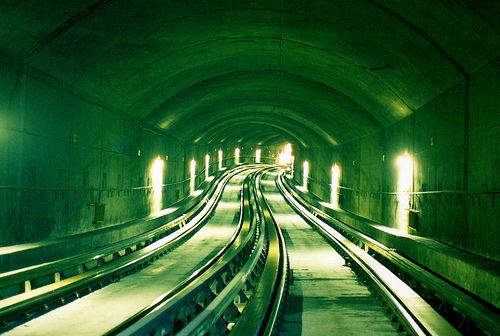nfitz
Superstar
Indeed. But much of the Paris Metro is over 100 years old. If those same old lines had been built in Paris in the 1960s through 1980s, instead of 1900 through 1940, they may not look as tired. May of the Paris RER stations however are very depressing - and perhaps reminiscent of New York in some ways. I'm not sure if it extends to the suburban stations or not, as my travels have kept me more central.I was in Paris in May and I can say in all honesty, that Montreal stations looks better than Paris.
Though Montreal has done a better job of individualizing the stations ... other than the unfortunate similarities between Bonaventure and Mont-Royal. They've also done a far better jobs of consistency over the decades. The stations are all very different - but somehow comfortingly similar in many ways. I'm no designer, so I'll stop there.





